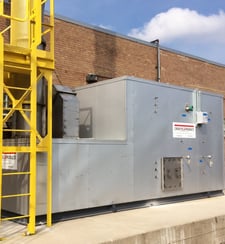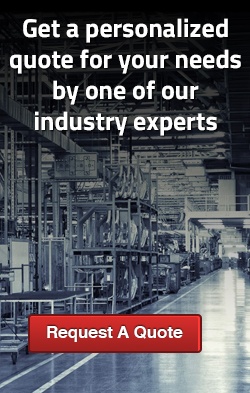 Bread refers to yeast-leavened pan bread, rolls, buns, pretzels, sweet yeast goods such as doughnuts and Danish pastry, or similar yeast-leavened products. The basic ingredients in yeast-leavened bread are flour, water, yeast and salt. During fermentation of the dough, large starch molecules break down into simple sugars. The yeast metabolizes the simple sugars in anaerobic fermentation producing carbon dioxide, ethanol (ethyl alcohol), small amounts of other alcohols, esters and aldehydes.
Bread refers to yeast-leavened pan bread, rolls, buns, pretzels, sweet yeast goods such as doughnuts and Danish pastry, or similar yeast-leavened products. The basic ingredients in yeast-leavened bread are flour, water, yeast and salt. During fermentation of the dough, large starch molecules break down into simple sugars. The yeast metabolizes the simple sugars in anaerobic fermentation producing carbon dioxide, ethanol (ethyl alcohol), small amounts of other alcohols, esters and aldehydes.

The VOC that is produced during fermentation (mostly ethanol) is bound in the dough and is generally liquid at temperatures below 77° C (170° F). It is not emitted in appreciable amounts until the end of the baking process when the dough is exposed to high temperatures around 240° C (464° F)
The amount of VOC generated in yeast-leavened dough is a function of the amount of yeast added to the formula and the amount of time the yeast is allowed to ferment before the bread is baked.
Ethanol and other VOCs combine in the atmosphere to form smog and are regulated as ozone precursors under EPA’s criteria pollutant program.
A Catalytic Oxidizer is the most common control technology applicable to VOC emissions from bakery ovens. Regenerative Thermal Oxidizers (RTO) are also effective for applications with lower baking temperatures.
Heat recovery in bakeries is a process designed to capture and repurpose the excess heat generated from the ovens or the oxidizer. Captured heat can be recovered and then transferred to a glycol solution. The glycol loop circulates this heated fluid for use in other areas of the bakery. Examples include:
- Creating steam in the Proofer
- Pre-heating water for Tray Washers
- Heating water jackets for ingredient tanks
- Supplementing the facility wide boilers
Key benefits of using a glycol loop for heat recovery in bakeries include:
- Energy Efficiency
- Temperature Control
- Environmental Sustainability
- Cost Savings
In addition to Bakeries, catalytic and thermal oxidation are used in a number of other food processing applications, including:










